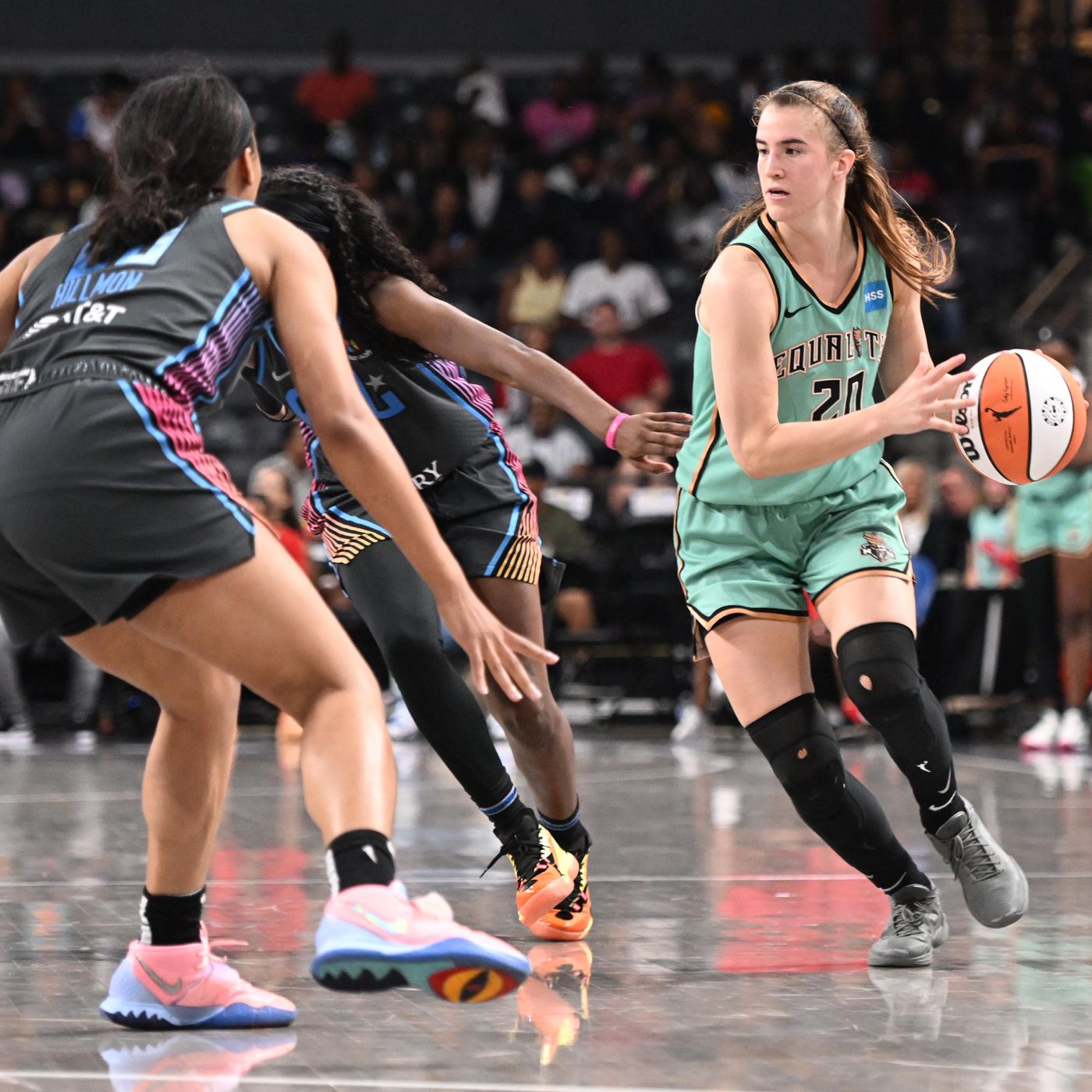
Female athletes often face discrimination due to their appearance. You can change this. First, you can control your body image. You can also use social media to challenge gender stereotypes. Lastly, you can be an advocate for gender equality. These tips will enable you to be a part of the sporting community.
Take back control of your body image
Female athletes are attempting to regain control over their body images. These athletes have spoken about how the pressure to be "perfect" impacts their performance and mental health. Gracie Gold, Olympic figure skater, and Allie Ostrander, a professional runner, are just some of the athletes who have spoken out about their own struggles with negative body image. These athletes want to make it clear that having a body that doesn't conform to certain standards is not weakness.
Female athletes are still vulnerable to body dissatisfaction even though they are under great pressure to improve body image. Body dissatisfaction is a mental state that results from negative thoughts about a person's body, and the perceived discrepancy between a person's body size and the ideal body size. The context and function of the body can affect how you perceive it. A recent study showed that female collegiate athlete participated in "Bodies in Motion," a program which helps to develop positive body images.
Redefining stereotypes regarding female athletes
One of the most important things that a female athlete can do is break down gendered stereotypes. Many women and girls are discouraged by the stereotypes they see. These stereotypes need to be broken. It starts by teaching girls to respect and appreciate each other. It begins with changing the way that we talk about women. If we change our words and our actions, we can improve how female athletes are presented in the media.
Research on female athletes has mostly focused on the bipolarity between masculinity and femininity, but little has been done on androgyny. Androgyny can be described as a compromise between masculinity or femininity. It suggests that female athletes can be both male- and female. This gender identity can be assertive or gentle, independent or dependent, competitive but passive, and even aggressive. A woman can have both masculine traits and feminine qualities. This can be extremely empowering for an individual.
Participation in social media
You can inspire young women through social media. Stories about female athletes can often inspire them. This is one method to do so. The UConn Huskies won the Baylor Bears' game last night. Social media was completely dominated by this match. The final score was 69-67 in favor of the Huskies, but the controversial call was the talking point of the night.
Participating in social networks can be a great way to encourage young girls to take up sports and improve your health. Social media is being used by many female athletes to help them promote themselves. However, the amount of research on how women athletes represent themselves online is still scarce.
Managing gender stereotypes
Many women face gender stereotypes in sport and this can hinder their participation. Women may decide to focus less on their athletic accomplishments and instead choose to participate in other more popular sports. Or they might even give up their chosen sport entirely. These issues are a reflection of larger cultural attitudes about athletic women. Problem is, these stereotypes are the greatest barriers to female participation in sports.
First, women athletes must confront the problem of public perception. Public perceptions often portray women as submissive or objectified. In addition, male athletes are often viewed as heroic and masculine while female athletes are seen as wives and daughters. This unhealthy cycle of gender stereotypes often results in the sexualization and objectification female athletes. This problem was brought into sharp focus by the USA Gymnastics scandal.